How to grow cucumbers – expert tips to grow from seed and get top summer harvests
Discover how to grow cucumbers for the most refreshing crop you’ll be enjoying all summer long
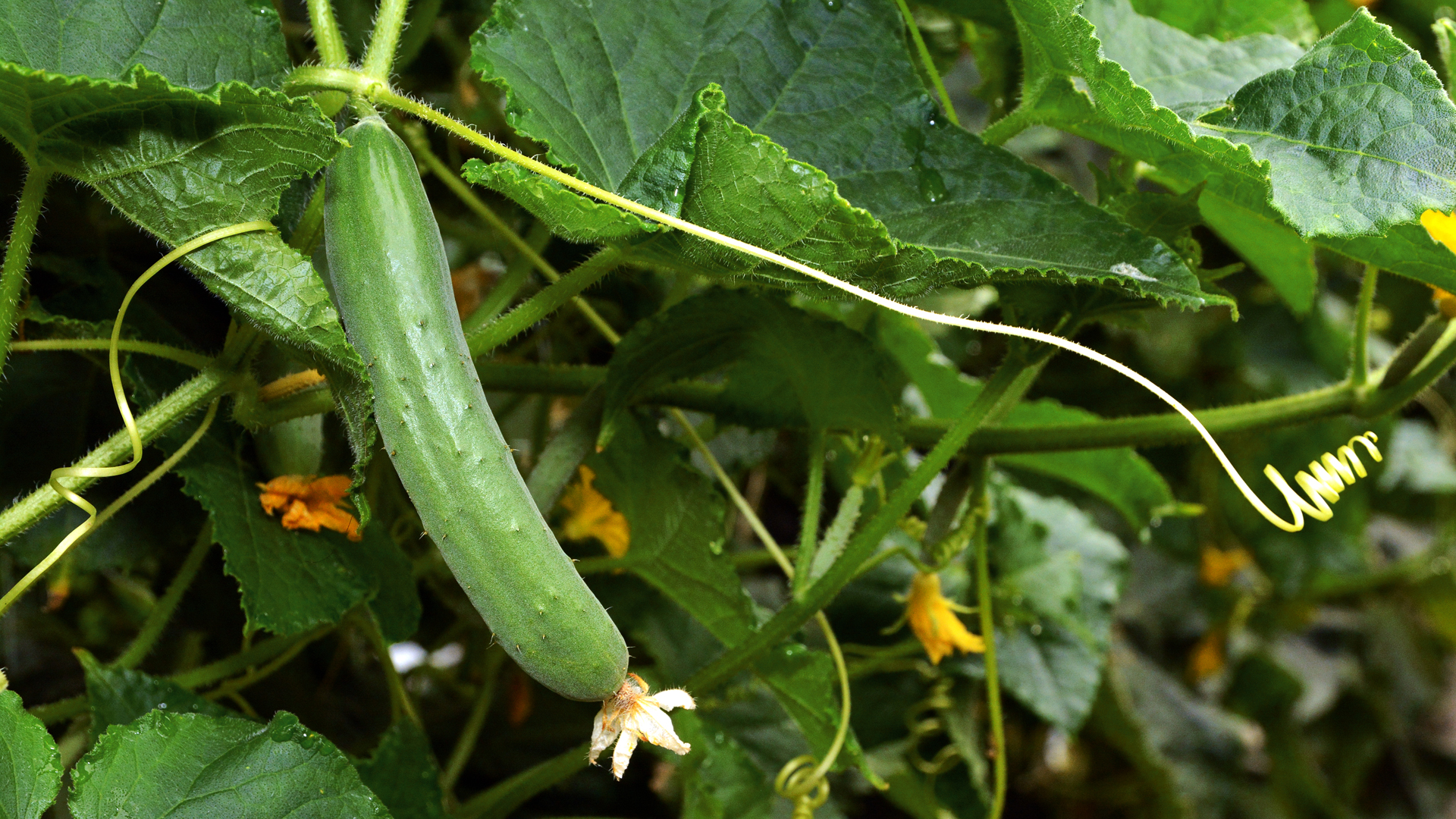

Learn how to grow cucumbers for a bumper harvest of the veg plot’s coolest resident. Whether added to a salad or sandwich, pickled with flavorsome spices, or popped into a summer cocktail, the humble cucumber is a versatile, and most refreshing, crop.
The plant makes an attractive feature in the garden, with its quirky fruit and pretty yellow flowers. In addition, cucumber’s climbing nature makes it highly space-efficient, so it’s worth making room for a couple of plants when planning your kitchen garden ideas, even in containers on the patio.
‘They are such a good-looking crop, adding height and presence to the vegetable garden,’ says Aaron Bertelsen, in Grow Fruit and Vegetables in Pots. ‘Given a warm spot and sturdy support from pea sticks or trellis, cucumbers will grow very happily in a pot.'
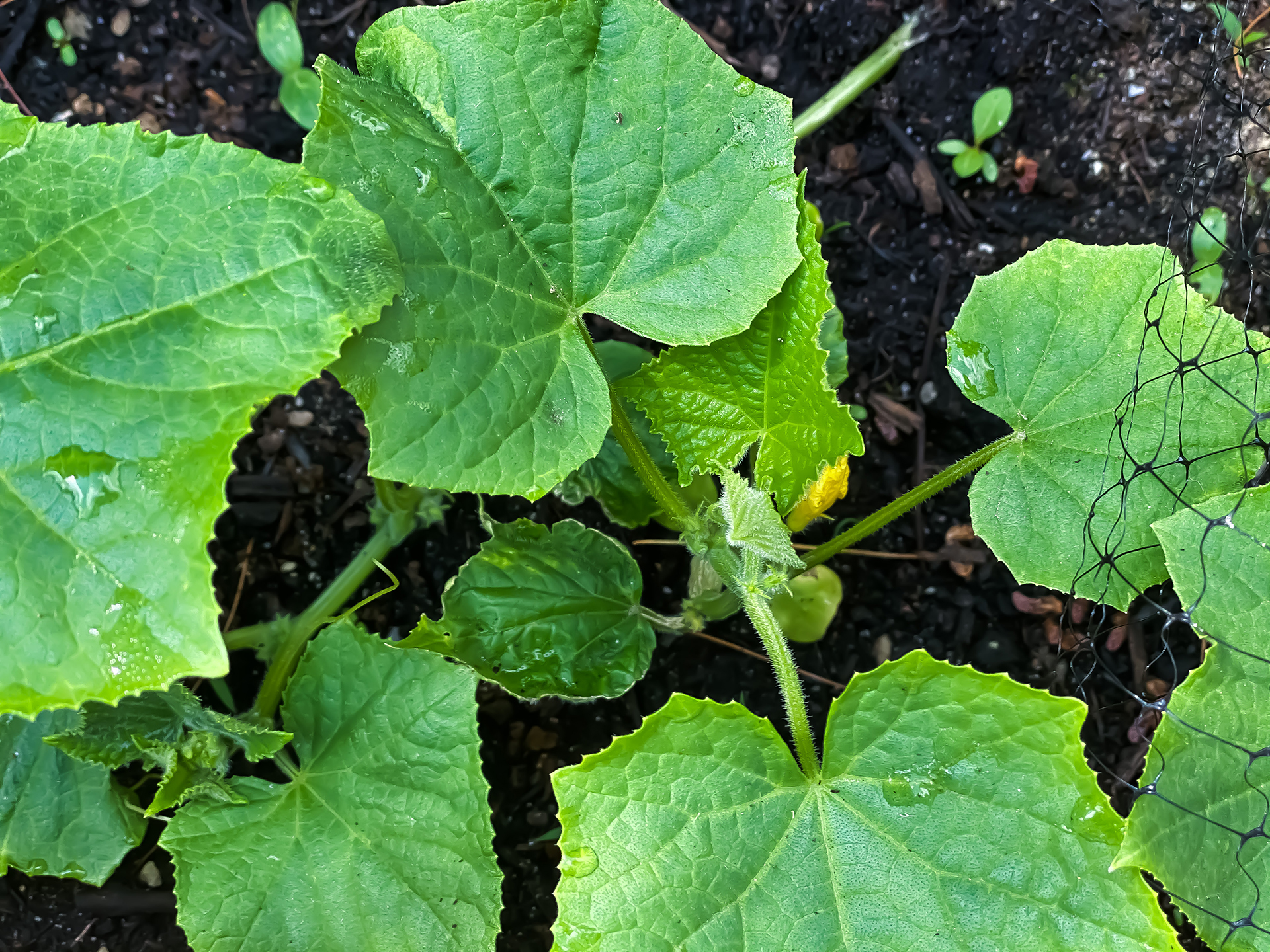
How to grow cucumbers from seed
Cucumbers are so easy to grow from seed that unless you missed the growing window, you should sow your own, rather than buy plants from the garden center.
‘Sow cucumbers in pots or small trays on the windowsill or greenhouse in spring, for planting out once all danger of frost has passed,’ advises gardening expert Matt James. Alternatively, you can direct sow outdoor varieties in early summer.
- Sow your cucumber seeds in small pots or trays filled with a multipurpose potting mix. Dampen your potting mix before planting the seeds.
- The seeds need to be planted around half an inch deep, and it’s a good idea to position them at the outer edge of the pot, and lay them on their side, to avoid rotting.
- Cucumber seeds need warmth in order to germinate, and ideally need to be around 70°F, so place them in a heated propagator or on a sunny windowsill.
- Germination should happen within just a few days.
- Keep your potting mix moist, but not overwet.
- Make sure the seedlings don’t get cold – they ideally need to stay above 53°F, though outoor varieties are a little hardier.
- Pot on your cucumber seedlings once they have developed their first set of ‘true’ leaves.
- Once your cucumber seedlings have grown to about 10 inches, they can go into their final positions – you can grow cucumbers in pots, grow bags, or in the ground in a vegetable garden.
- If planting outside, you need to first harden them off for a few days. ‘Just check for late frosts, covering plants with horticultural fleece if need be,’ says James.
- Tie your cucumber plants to supports such as canes or netting, as they grow.
- Water the plants little and often so that the soil doesn’t dry out. ‘Cucumbers will need daily watering once the fruits start to develop – after all, they are 96 per cent water,’ says Bertelsen.
- ‘Fertilize cucumbers by giving them tomato feed once the fruit starts to form. Repeat every two weeks thereafter,’ says James.
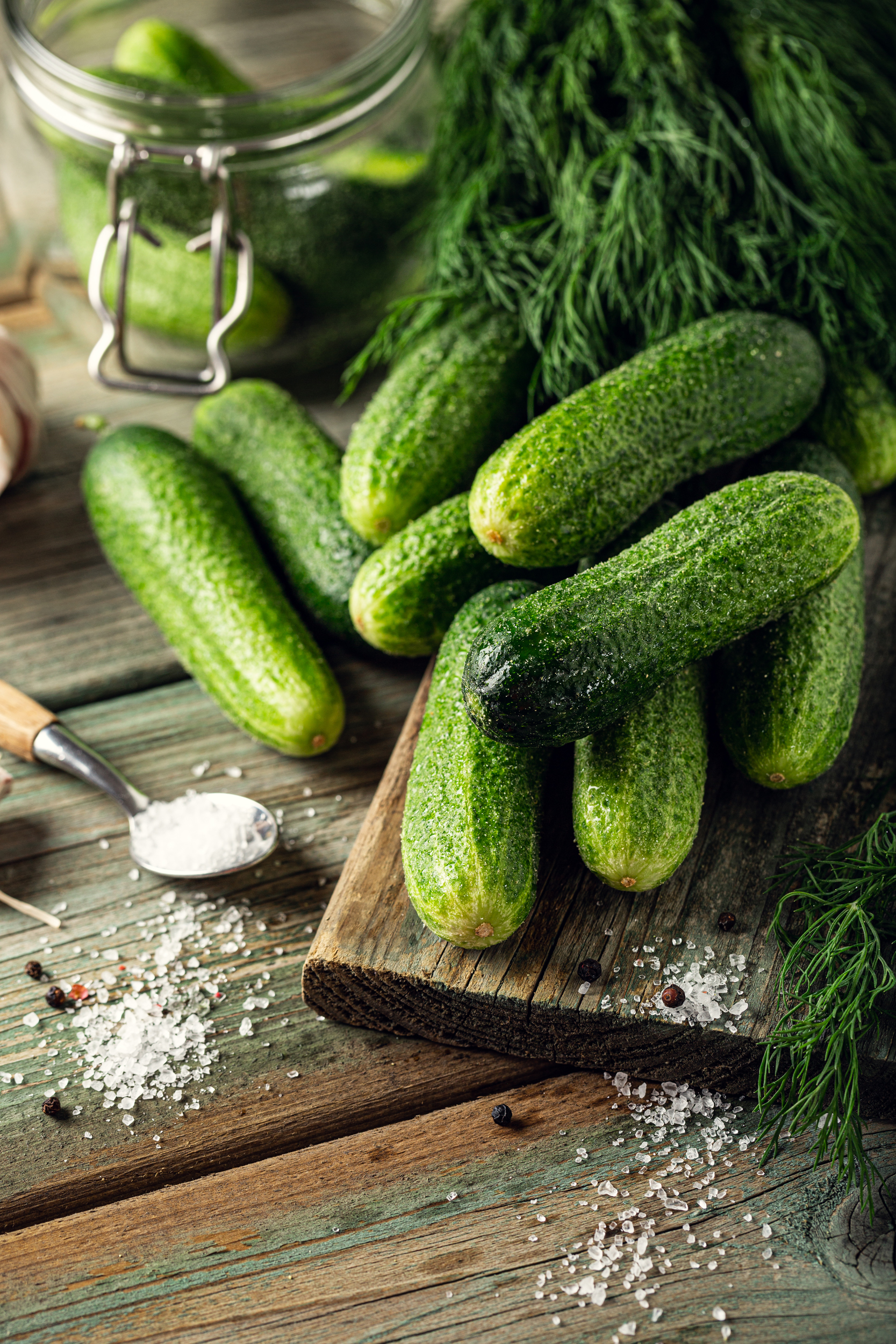
Which type of cucumber?
Recommended cucumber varieties to try are Crystal Lemon, Marketmore, Bush Champion, Mini Munch and Spacemaster.
If you want to grow cucumbers just for pickling, then choose a variety with small fruits, such as Boston.
Bear in mind that some varieties are better suited to growing in the greenhouse, so if you are researching how to grow cucumbers outside, then check the seed packet description to see if it is suitable.
Outdoor cucumbers usually have ridged skin and need to be pollinated, whereas greenhouse cucumbers tend to be smoother and shouldn’t be pollinated as it can produce bitter fruit. This means that unless you buy a variety bred to produce only female flowers, you will need to remove the male flowers – which have no fruits behind them – as they grow.
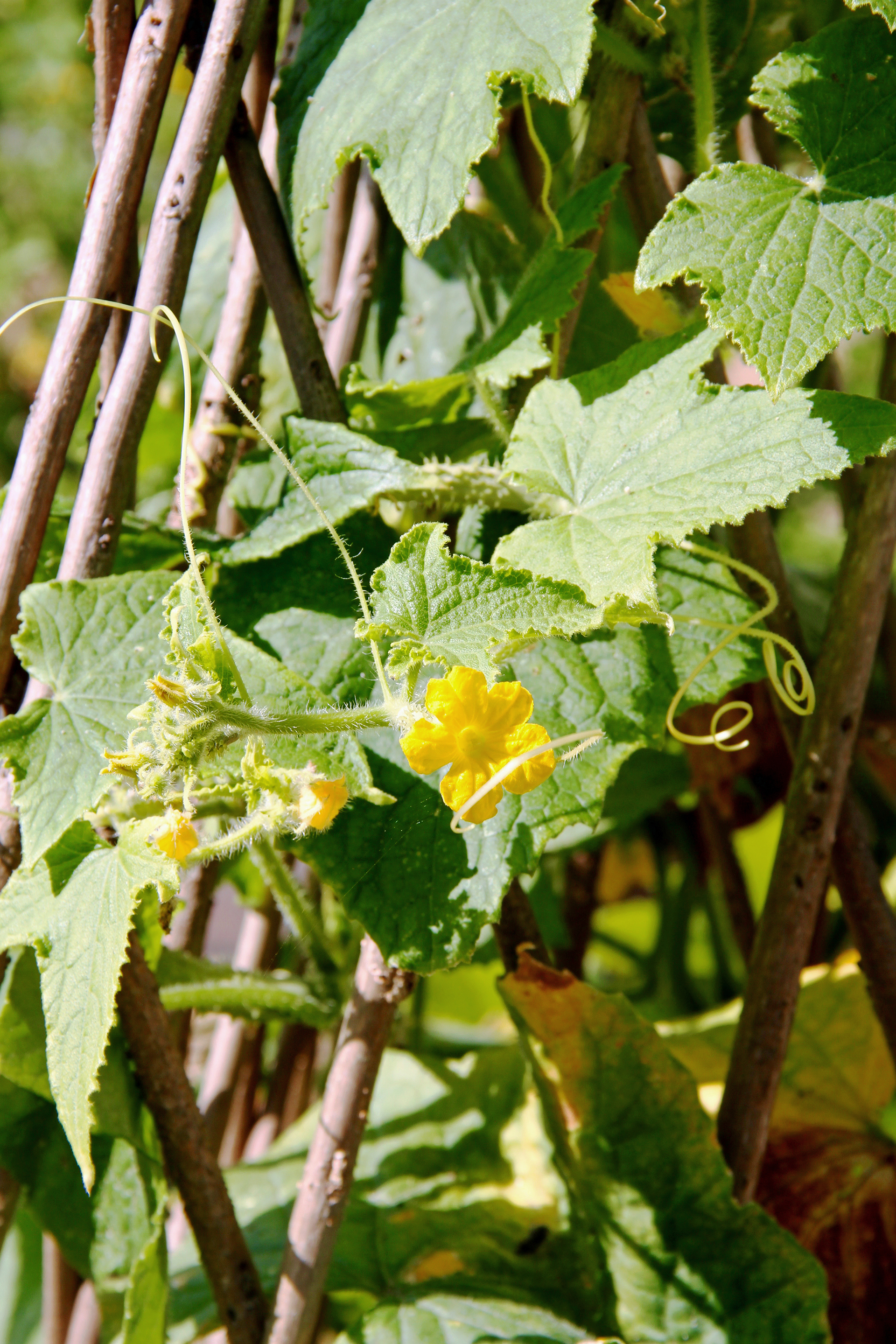
How to grow cucumbers vertically
Although cucumbers can be left to trail on the ground, it is much more space efficient to grow them vertically, and better protects the fruit.
There are lots of great vegetable garden trellis ideas to explore. ‘Grow cucumbers up tripods or climbing frames,’ says gardening expert Leigh Clapp. You can also add netting to vertical frames, which offers good support for the fruit.
‘You could even grow one up a fruit tree. Ardent cucumber fans can put two or three next to each other to create a screen – handy if you do not like your neighbors,’ says Bertelsen.

Do cucumbers need to climb?
Cucumbers do not need to climb – they can just sprawl across the ground. However, growing them as climbers is the most space-efficient method and makes a more striking feature in the garden.
Keeping the plants off the ground can also help reduce the number of pests that visit them.
Cucumber plants produce side shoots and tendrils, so can easily be trained to grow upwards. They also make striking overhead plants, and can be trained over an archway, which looks stunning with the fruits dangling down.
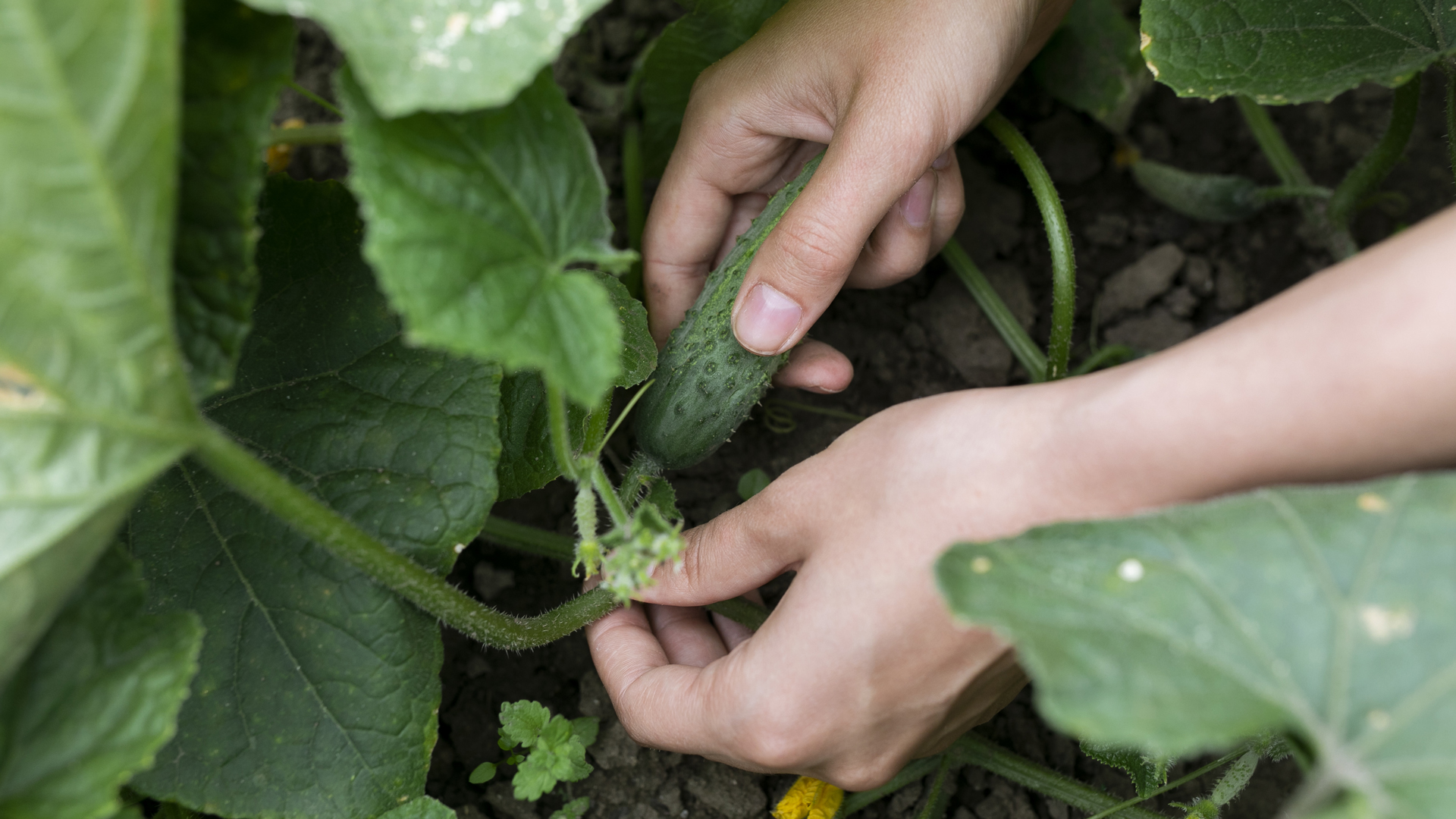
How to harvest cucumbers
Cucumbers should be harvested when they are around 4-8 inches long, depending on the variety – check the packet instructions. The fruits should be evenly green – if they have gone yellowy or soft, then they are overripe.
‘When harvesting, snip them off with scissors or secateurs (pruning shears). If you try just to pull the cucumbers off, you could pull the whole plant down with them,’ says Bertelsen.
Some varieties of cucumber can be cut in half on the plant, which is ideal when you only need a small amount. The remaining fruit will grow a callous and stay fresh on the plant.
Cucumber growing tips
A great growing tip is to experiment with cucumber companion planting to help their growth and to ward off pests.
‘Plant with nasturtiums to attract blackfly away from crops, and include companion plants that attract beneficial insects, such as marigolds and daisies,’ says Clapp.
Herbs such as oregano and chives can also deter pests, while beans and peas will add nitrogen to the soil, which cucumbers can benefit from.
In harvest season, make sure you know how to pick cucumbers correctly, to prevent damaging your cucumber plants.
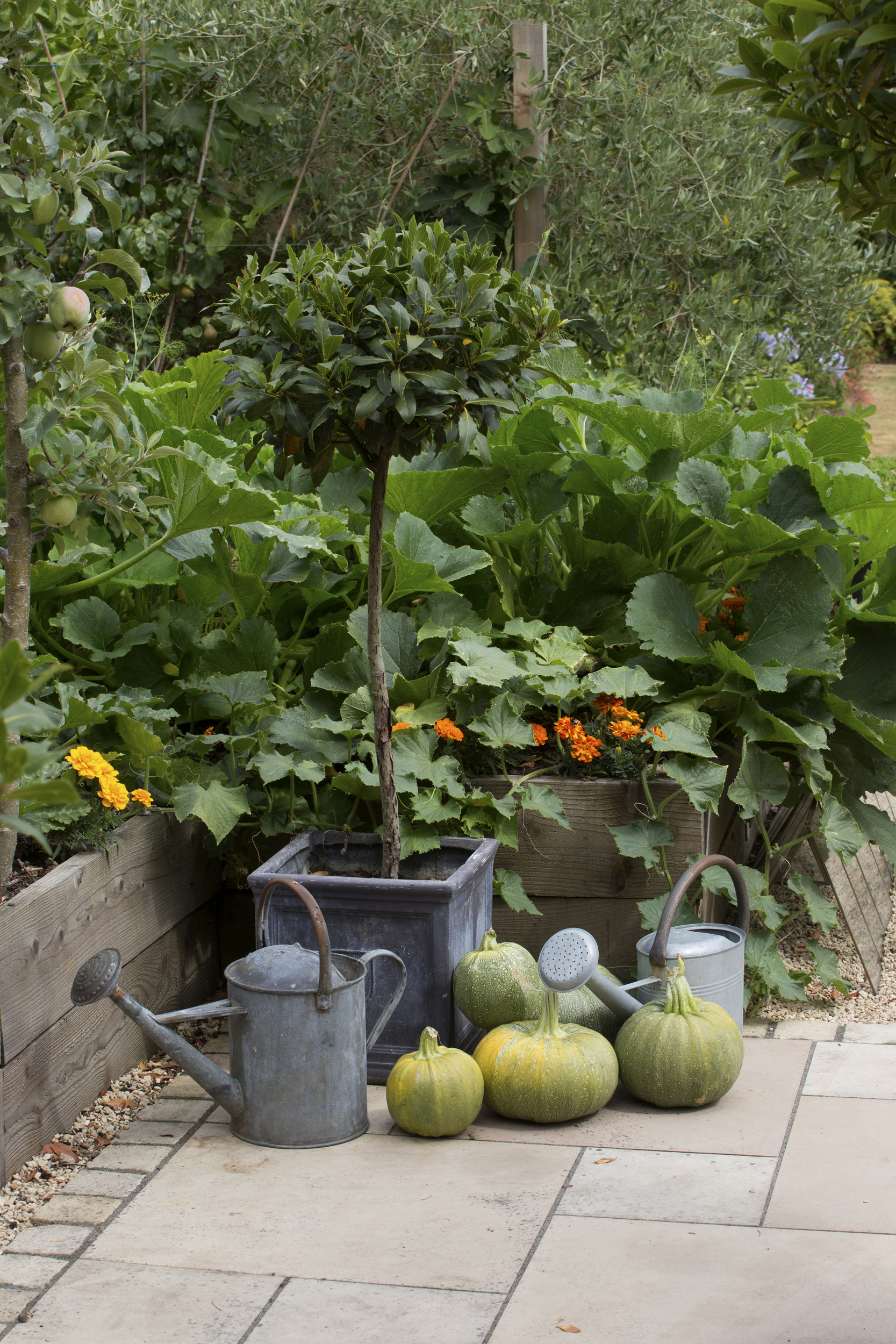
Cucumber problems
Slugs and snails can be a problem for cucumbers when the plants are small, so cover them with netting or use other preventative measures.
The plants can be susceptible to mildew, which can be reduced by moving them to cooler conditions or spraying on comfrey or seaweed solutions.
Look out for mosaic virus, which is spread by aphids and will stunt the plant’s growth. The only cure is to destroy affected plants.
Whitefly can also be an issue in the greenhouse – use biological control or traps.
What is the best way to grow cucumbers?
The best way to grow cucumbers is in a heated greenhouse, as this will create the right conditions for a much more reliable crop. However, you can have a successful harvest by growing outdoors – just make sure you choose the right variety.
How do cucumbers grow for beginners?
Cucumbers are not the easiest crop to grow for beginners – indeed, many experienced growers struggle with them. However, as they taste so much better than shop-bought, it’s definitely worth learning how to grow cucumbers.
Sign up to the Homes & Gardens newsletter
Design expertise in your inbox – from inspiring decorating ideas and beautiful celebrity homes to practical gardening advice and shopping round-ups.

Melanie has worked in homes and gardens media for two decades. Having previously served as Editor on Period Living magazine, and worked on Homes & Gardens, Gardening Etc, Real Homes, and Homebuilding & Renovating, she is now focusing on her passion for gardening as a Senior Editor at Gardening Know How. As a keen home grower, Melanie has experimented with pretty much every type of vegetable at some point – with mixed results. Often it is the simplest things that elude you, which may explain why she just can't seem to master zucchinis.
-
 Thoughtful modernism – how one Dallas home makes bold contemporary design feel warm, welcoming, and comfortable
Thoughtful modernism – how one Dallas home makes bold contemporary design feel warm, welcoming, and comfortableWith its mix of textural finishes and carefully curated furnishings, this modernist home is a refreshing retreat
By Karen Darlow Published
-
 'Wick away the ick' – 6 things people with clean laundry rooms always do to make this hardworking space shine
'Wick away the ick' – 6 things people with clean laundry rooms always do to make this hardworking space shineThese tips on how to clean your laundry room will banish grime
By Seraphina Di Mizzurati Published
-
 Water garden ideas – 9 ways to introduce soothing water to your outdoor space
Water garden ideas – 9 ways to introduce soothing water to your outdoor spaceFrom cascading fountains to wildlife ponds, there are plenty of ways to create a tranquil water garden
By Leigh Clapp Published
-
 How to grow poppies
How to grow poppiesFind out how to grow poppies to enjoy the beauty of these brightly colored tissue paper-like blooms
By Leigh Clapp Published
-
 How to grow delphiniums from seed
How to grow delphiniums from seedFind out how to grow delphiniums from seed and enjoy these colorful cottage garden favorites filling beds and borders
By Leigh Clapp Published
-
 How to grow ferns – when and how to plant and care for them
How to grow ferns – when and how to plant and care for themLearn how to grow ferns to enjoy the texture and form of these versatile plants in many areas of your garden
By Leigh Clapp Published
-
 How to grow sweet peas from seed – in borders and pots
How to grow sweet peas from seed – in borders and potsFind out how to grow sweet peas and where to enjoy their wonderful color, ruffled blooms and sweet fragrance in your garden
By Pippa Blenkinsop Published
-
 How to make fat balls for birds – easy steps feed our feathered friends
How to make fat balls for birds – easy steps feed our feathered friendsLearn how to make fat balls for birds to ensure their wellbeing throughout the winter
By Holly Reaney Published
-
 Planning a kitchen garden – from layouts to picking the best crops
Planning a kitchen garden – from layouts to picking the best cropsPlanning a kitchen garden is easy with this expert advice – whether yours is in beds, borders or a dedicated patch – you're guaranteed success
By Leigh Clapp Published
-
 How to grow cosmos – expert tips on when and where to plant these flowers
How to grow cosmos – expert tips on when and where to plant these flowersLearn how to grow cosmos to add bright color in your garden from summer through to fall with their beautiful blooms
By Leigh Clapp Published